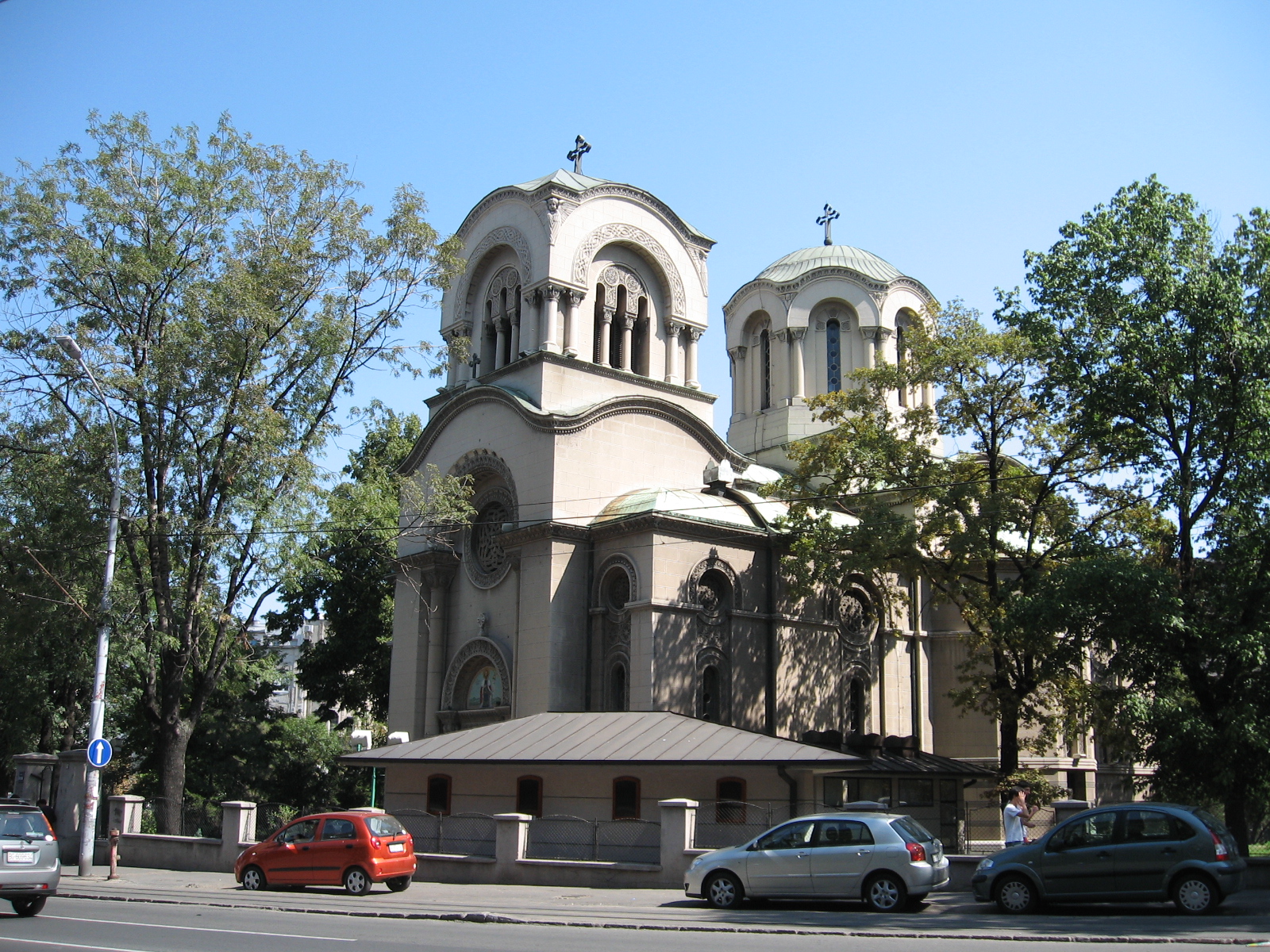Jelisaveta Načić on:
[Wikipedia]
[Google]
[Amazon]
 Jelisaveta Načić (31 December 1878 in
Jelisaveta Načić (31 December 1878 in
''Riznicasrpska.net''. Retrieved 20 March 2012.
 Jelisaveta Načić (31 December 1878 in
Jelisaveta Načić (31 December 1878 in Belgrade
Belgrade ( , ;, ; Names of European cities in different languages: B, names in other languages) is the Capital city, capital and List of cities in Serbia, largest city in Serbia. It is located at the confluence of the Sava and Danube rivers a ...
– 6 June 1955 in Dubrovnik
Dubrovnik (), historically known as Ragusa (; see notes on naming), is a city on the Adriatic Sea in the region of Dalmatia, in the southeastern semi-exclave of Croatia. It is one of the most prominent tourist destinations in the Mediterran ...
) was a notable Serbian architect. She is remembered as a pioneer who inspired women to enter professions which had earlier been reserved for men. Not only the first female graduate in architecture in Belgrade, she was also the first female architect in Serbia
Serbia (, ; Serbian language, Serbian: , , ), officially the Republic of Serbia (Serbian language, Serbian: , , ), is a landlocked country in Southeast Europe, Southeastern and Central Europe, situated at the crossroads of the Pannonian Bas ...
.
Biography
Born in Belgrade, Načić matriculated from school with excellent results in 1896. She went on to study architecture at theUniversity of Belgrade
The University of Belgrade ( sr, / ) is a public university in Serbia. It is the oldest and largest modern university in Serbia.
Founded in 1808 as the Belgrade Higher School in revolutionary Serbia, by 1838 it merged with the Kragujevac-b ...
's School of Architecture
This is a list of architecture schools at colleges and universities around the world.
An architecture school (also known as a school of architecture or college of architecture), is an institution specializing in architectural education.
Africa
...
at a time when it was felt that women should not enter the profession. At the age of 22, she was the first woman to graduate from the Faculty of Engineering. She sought employment at the Ministry of Construction but was unable to become an official as there was a requirement for military service to have been completed. She did however succeed in gaining a position as an architect with the Municipality of Belgrade where she became the city's first chief architect. In 1903, she designed the Little Staircase in Belgrade's Kalemegdan Park
The Kalemegdan Park ( sr, / ), or simply Kalemegdan ( sr-Cyrl, Калемегдан) is the largest park and the most important historical monument in Belgrade. It is located on a cliff, at the junction of the River Sava and the Danube.
Kal ...
. Her most notable work is the well proportioned school building she completed in 1906, now known as the Kralj Petar I (King Peter I) elementary school. She also designed churches including the Moravian-styled Alexander Nevsky Church (1929) in Belgrade and a smaller church in Kosovo. The hospital she designed was destroyed during the Second World War but many of her residential buildings from apartments to distinctive private homes, some with art nouveau
Art Nouveau (; ) is an international style of art, architecture, and applied art, especially the decorative arts. The style is known by different names in different languages: in German, in Italian, in Catalan, and also known as the Modern ...
or Neo-Renaissance
Renaissance Revival architecture (sometimes referred to as "Neo-Renaissance") is a group of 19th century architectural revival styles which were neither Greek Revival nor Gothic Revival but which instead drew inspiration from a wide range o ...
elements, still stand today. The first collective housing building for workers on Balkan was designed by Jelisaveta Načić.
During the World War I
World War I (28 July 1914 11 November 1918), often abbreviated as WWI, was one of the deadliest global conflicts in history. Belligerents included much of Europe, the Russian Empire, the United States, and the Ottoman Empire, with fightin ...
, she was interned in a camp in Hungary, bringing her artistic career to an end. It had lasted no more than 16 years. After the war, Načić moved to Dubrovnik with her husband Luka Lukai whom she had met in the camp. She was awarded a state pension for her life accomplishments. She died in Dubrovnik in 1955. Katarina Marković, "Jelisaveta Načić (1878—1955)"''Riznicasrpska.net''. Retrieved 20 March 2012.
See also
*Women in architecture
Women in architecture have been documented for many centuries, as professional (or amateur) practitioners, educators and clients. Since architecture became organized as a profession in 1857, the number of women in architecture has been low. At t ...
* Jovanka Bončić-Katerinić
References
{{DEFAULTSORT:Nacic, Jelisaveta Serbian architects University of Belgrade Faculty of Architecture alumni 1878 births 1955 deaths Art Nouveau architects Serbian women architects